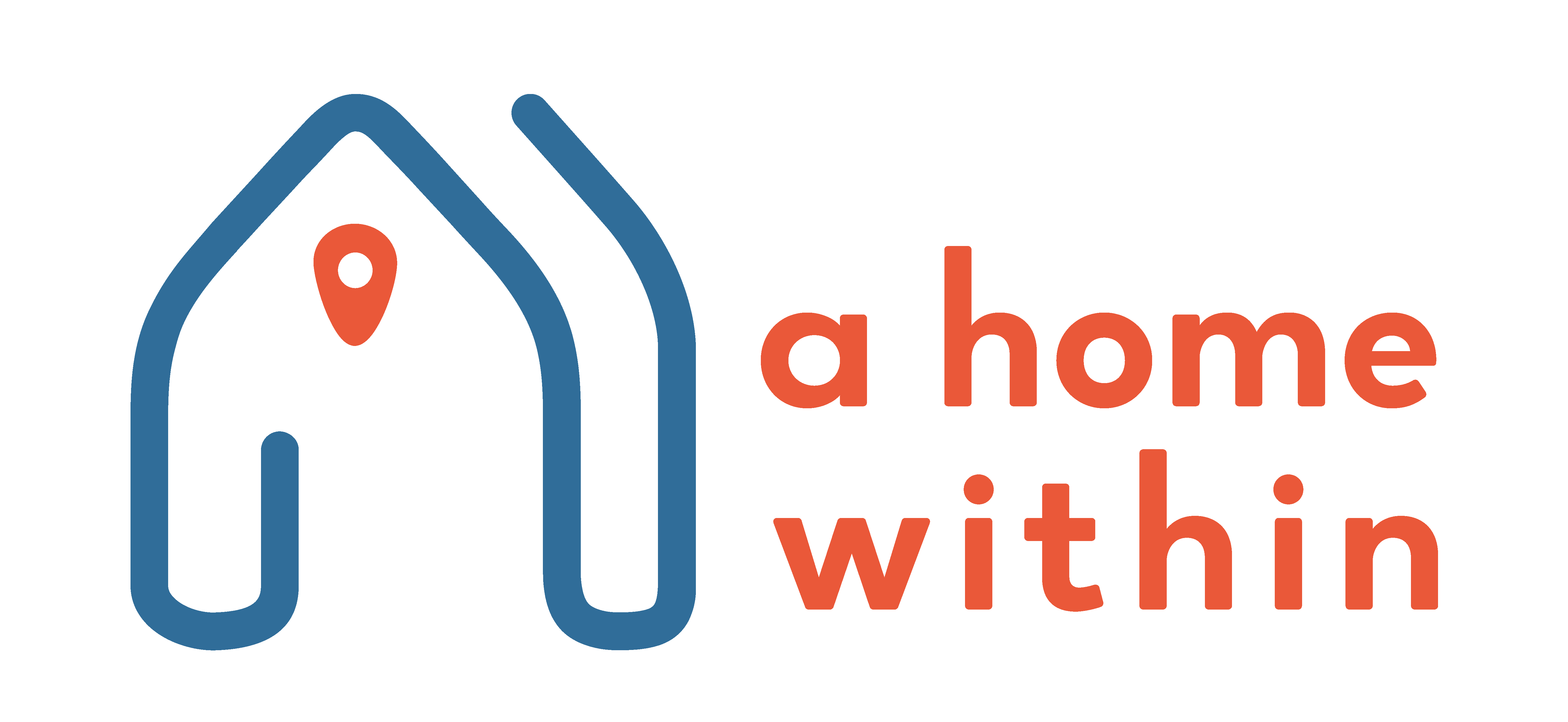Information Hub / BlogRe-Homing
Did you know that you can find a new home for a child on the internet?
You can also find a new home for a pet that you can no longer keep. There are multiple sites that offer guidelines on how to re-home dogs and cats to make the transition easier for them. There are organizations that work with prospective pet owners to help them select an animal that best suits them and makes sure that pets and owner have a chance to get to know each other before making a home together.
Not always so for children, as an extensive investigation by Reuters revealed. This chilling report documents the way in which the internet has been used to find new homes for children whose adoptive parents have found them too much to manage. In most cases these children came to the United States through international adoptions, apparently with little preparation for either the children or their adoptive families.
The investigation discovered parents who delivered children to families they had never met. One woman described dropping her adoptive daughter on the doorstep of a couple she had found online. When the child didn’t show up at school the police were sent to the home and discovered a filthy “hellhole.” When the child was later discovered in another state, background checks revealed that the couple that had taken her in had lost their biological children to foster care.
 Photo courtesy of Mike Blackburn.
Photo courtesy of Mike Blackburn.
Certainly, our child welfare system is far from perfect. However, there are policies and procedures in place that, when properly enforced and followed, do offer children protection. Foster and adoptive parents have background checks. Caseworkers make visits to ensure that homes provide for a child’s physical safety and have routine contact to ascertain that children’s basic needs are being met. When a child must be moved to another home, with careful planning and support, the child is helped to make a smooth transition.
It doesn’t always work as it should.
Anyone who has had contact with the foster care system is painfully aware of the system’s shortcomings. But when it does work, it provides a safety net for vulnerable children—there are many eyes looking to see that they are getting what they need and many ears to hear their voices. The children who are re-homed via the internet have no one watching or listening—unless the parents in the new home also find them so difficult that they get thrown out or hurt and end up in foster care.
By Toni Heineman
